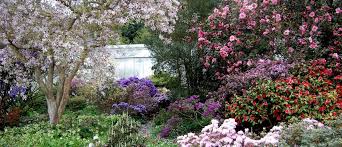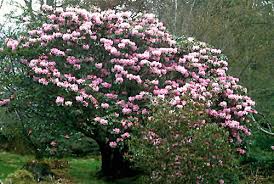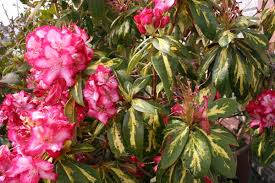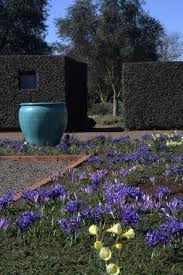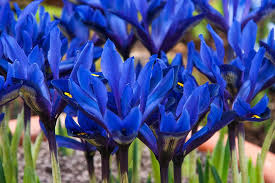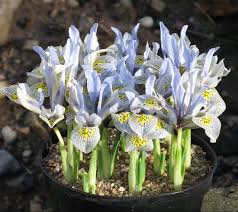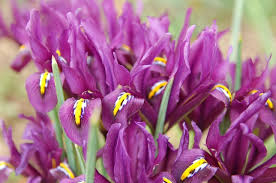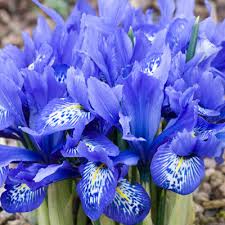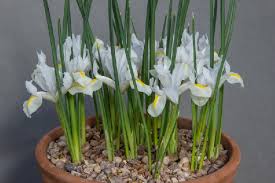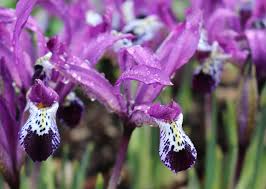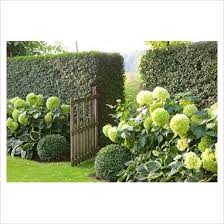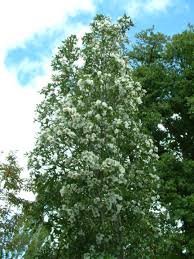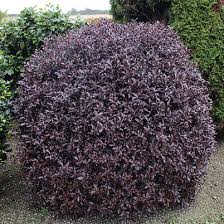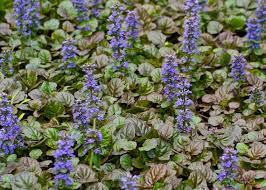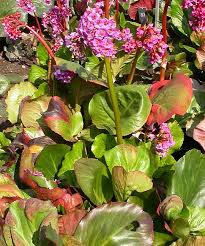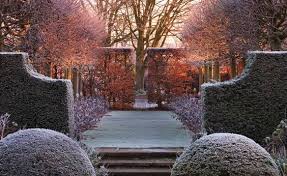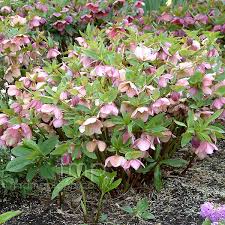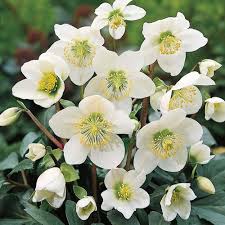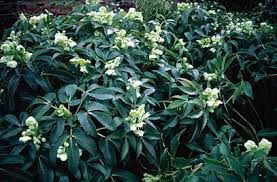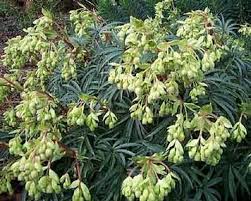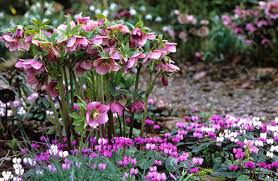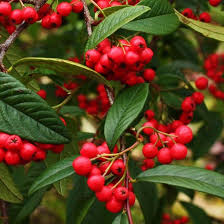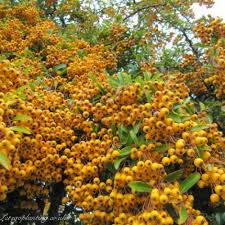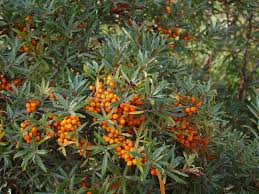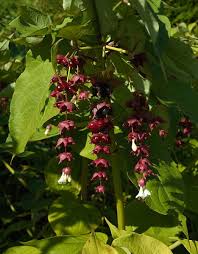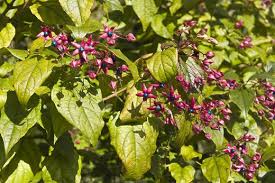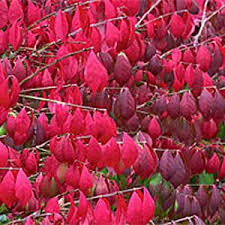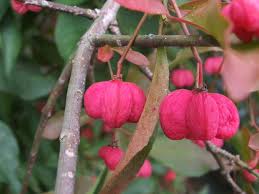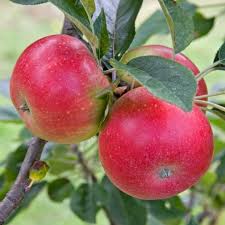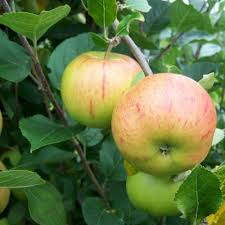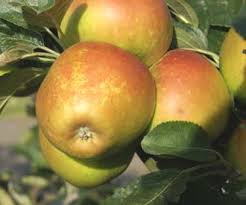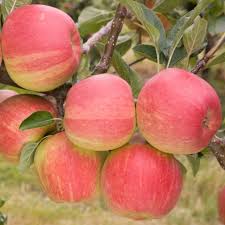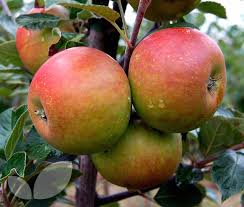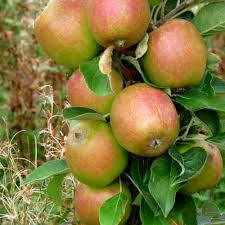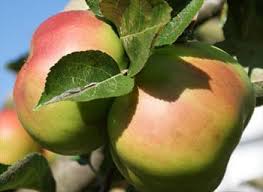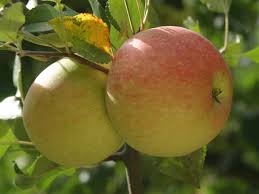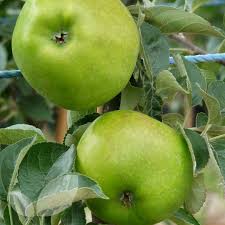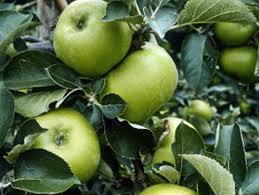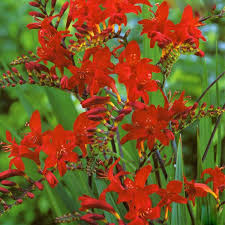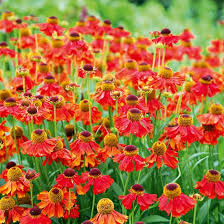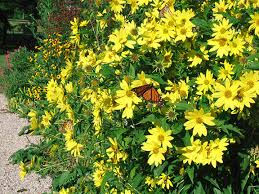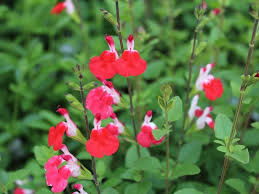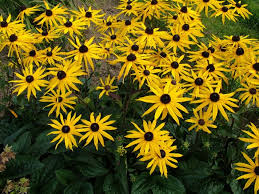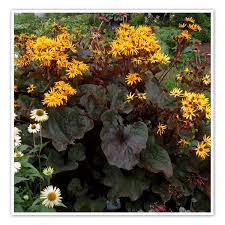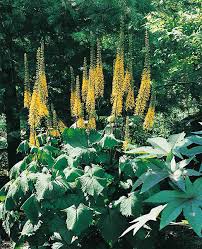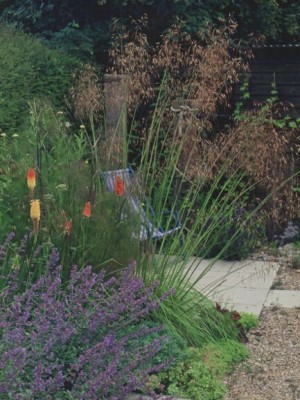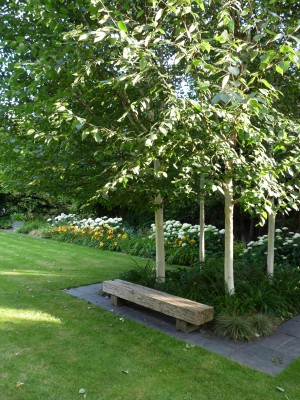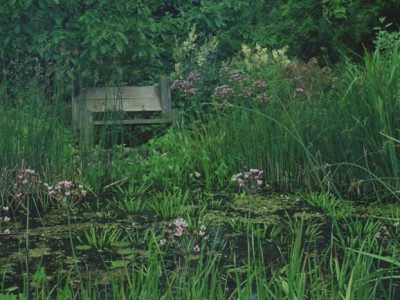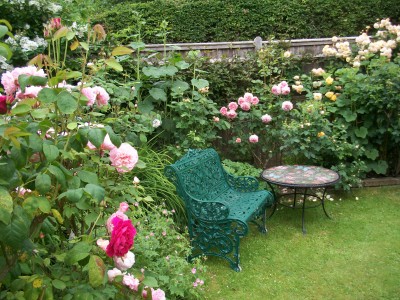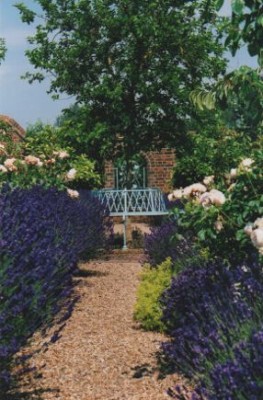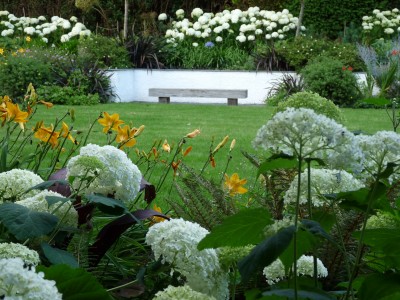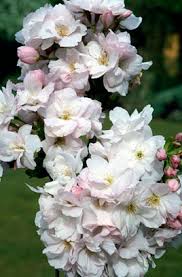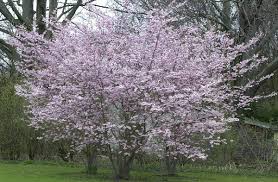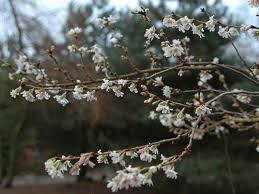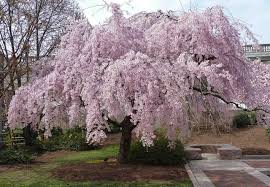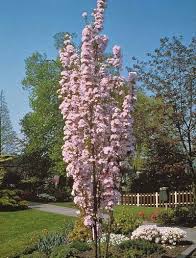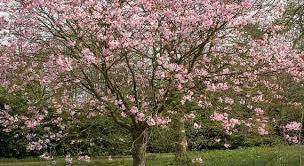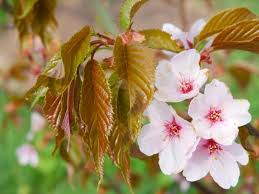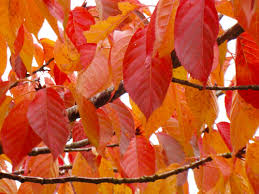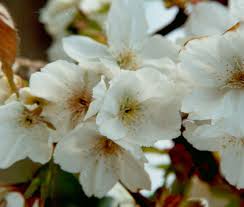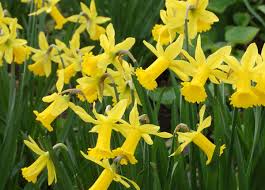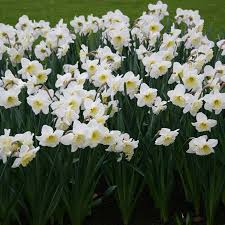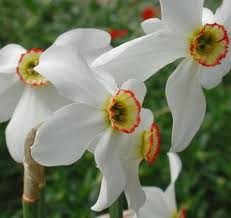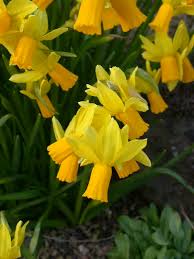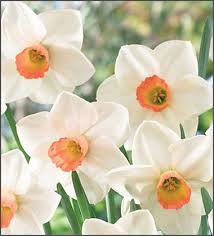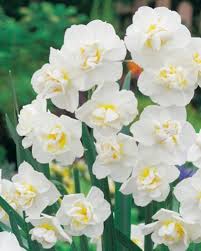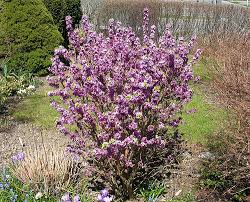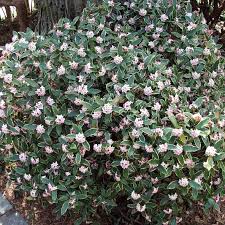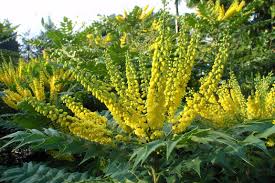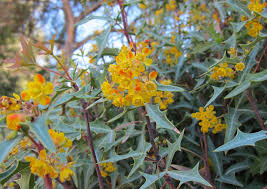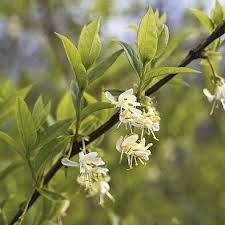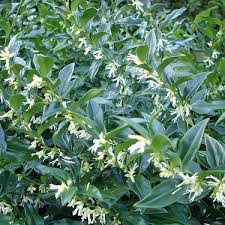
mouth watering berries!
As summer enters fall speed there is nothing quite so worthwhile and wondrous as growing your own soft fruit. However small a space you have, you can normally fit something in. From Raspberries, Red Currents, Gooseberries, Loganberries, Strawberries and Black Currents, the choice is many and varied. Soft fruit is relatively easy to grow and not as time consuming as vegetable growing, so ideal for the time stretched gardener. Here are a selection of good varieties to get your taste buds going.
RASBERRIES

Raspberry Malling Jewel
R. Malling Jewel: Good main crop Raspberry, with excellent firm fruit with good strong flavour. Good for freezing. Flowers late so is less susceptible to frost damage. Tolerates most soil conditions, even less drained ones.

Raspberry Glen Ample
R. Glen Ample: Prolific fruitier, mid-season with massive ‘ten pence’ size fruits. With good sweet flavour. Out crops all others, good keeper and is virus-resistant. Grows well in all free draining soils.
REDCURRANTS

Redcurrent Jonkheer Van Tets
R.Johnheer Van Tets: Early, vigorous grower, in all moist soils. Heavy cropper with good medium sized fruits.

Redcurrent Rondom
R. Rondom: late season, compact bush, good for a small garden. Bunches of fruit with 15 to 20 berries very prolific cropper.
GOOSEBERRIES

Gooseberry Captivator
G. Captivator: Grows well in humus rich moist soils. A good cropping gooseberries which is almost thornless with strong flavoured mildew resistant.

Gooseberry careless
G.Careless: upright habit, Mid-season, large smooth pale green fruits with good flavour and good for freezing.
LONGANBERRIES

Longanberry LY59
L.LY59: A variety which is now harder to obtain, this variety is worth the fruit nursery search. Grows well in most soils but not waterlogged soils. Large maroon fruits, with an acidic tang fruiting in June. Good cropper ideal for preserving, freezing and jam making.

Longanberry LY654
L.Ly654: This thornless clone produces dark red fruit nearly black when fully ripe, makes a tart and tasty addition to the soft fruit spread, good for freezing.
STRAWBERRIES

Strawberry Cambridge favourite
S. Cambridge Favourite: best in lighter soils but will grow in rich soils if well drained. One of the earliest fruiter and one of the most reliable. Vigorous grower and crops well over a long season. With large pink to red sweet fruits.

Strawberry Elsanta
S. Elsanta: Same growing conditions as above. This is the strawberry with the longest cropping season from mid-June to mid-July. With good sized fruit and excellent flavour, becoming a favourite of supermarkets.
BLACKCURRENTS

Blackcurrent Ben Lomond
B.Ben Lomond: Needs moist humus rich soils to do well. Late flowers so avoids frost damage. Good fruit and high yield. Mildew and leaf pest resistant.

Blackcurrent Ben Sarek
B.Sarek: A dwarf variety ideal for the small garden, Frost and mildew resistant and high yields with large fruit.

Who isn’t tempted
With the thought of popping up the garden to pick a fresh bowl of fruit with a dollop of cream or ice cream, or the thought of frozen berries for out of season pies, or jams and compotes, who could not be tempted by the sheer culinary delights of growing your own soft fruit.

So much choice!
With so many varieties of delicious fruit to choose from, this is a good time of year to do a bit of ‘tasting’ research to decide on the ones you like best and will suit your garden’s growing conditions. Ready to order the plants from fruit nurseries late summer for bare root planting in the winter months. If you would like help with selection and planting your soft fruit. Then I know a lady who can, give me a ring Tel:01273 470753. To advise and help you.
Enjoy!

